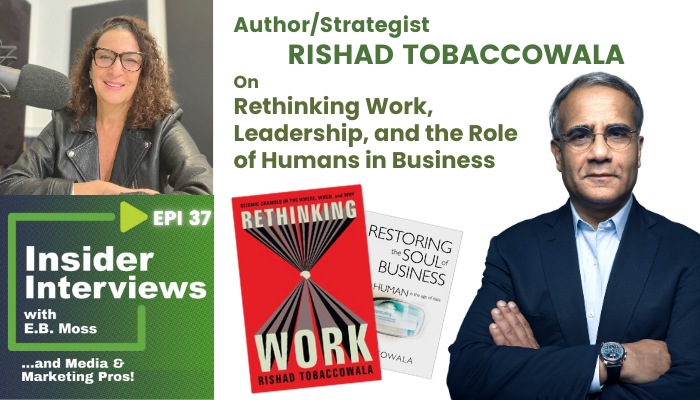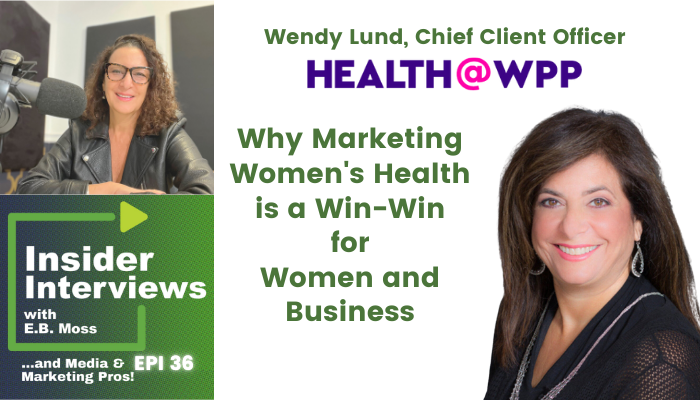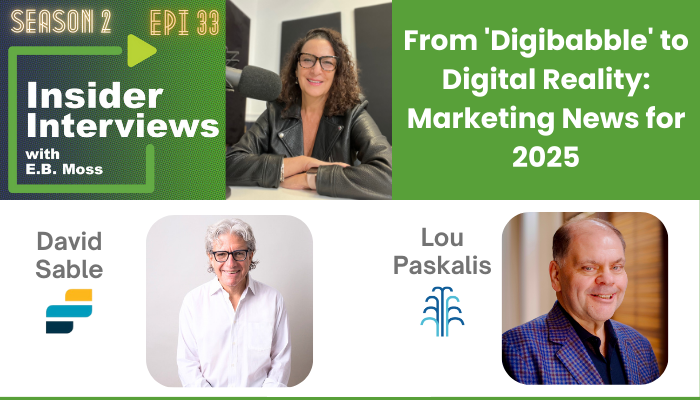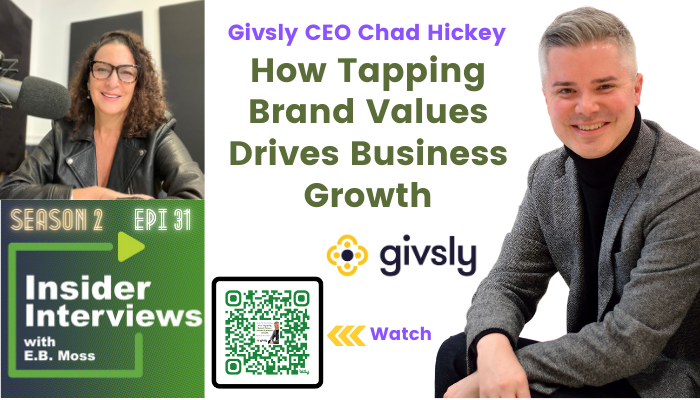Rishad Tobaccowala: Rethinking Work, Leadership & Humans in Business
Podcast: Play in new window | Download (Duration: 24:01 — 44.3MB) | Embed
Subscribe or Follow Spotify | Android | Pandora | iHeartRadio | TuneIn | Deezer | RSS | More
What happens when leadership loses its way — and work loses its soul, let alone its staff? In S2 Ep37 the impressive Rishad Tobaccowala, futurist, author, and former Chief Strategy / Growth Officer (now Senior Advisor) of Publicis Groupe joins me on Insider Interviews to offer a refreshingly human take on the future of work. […]

